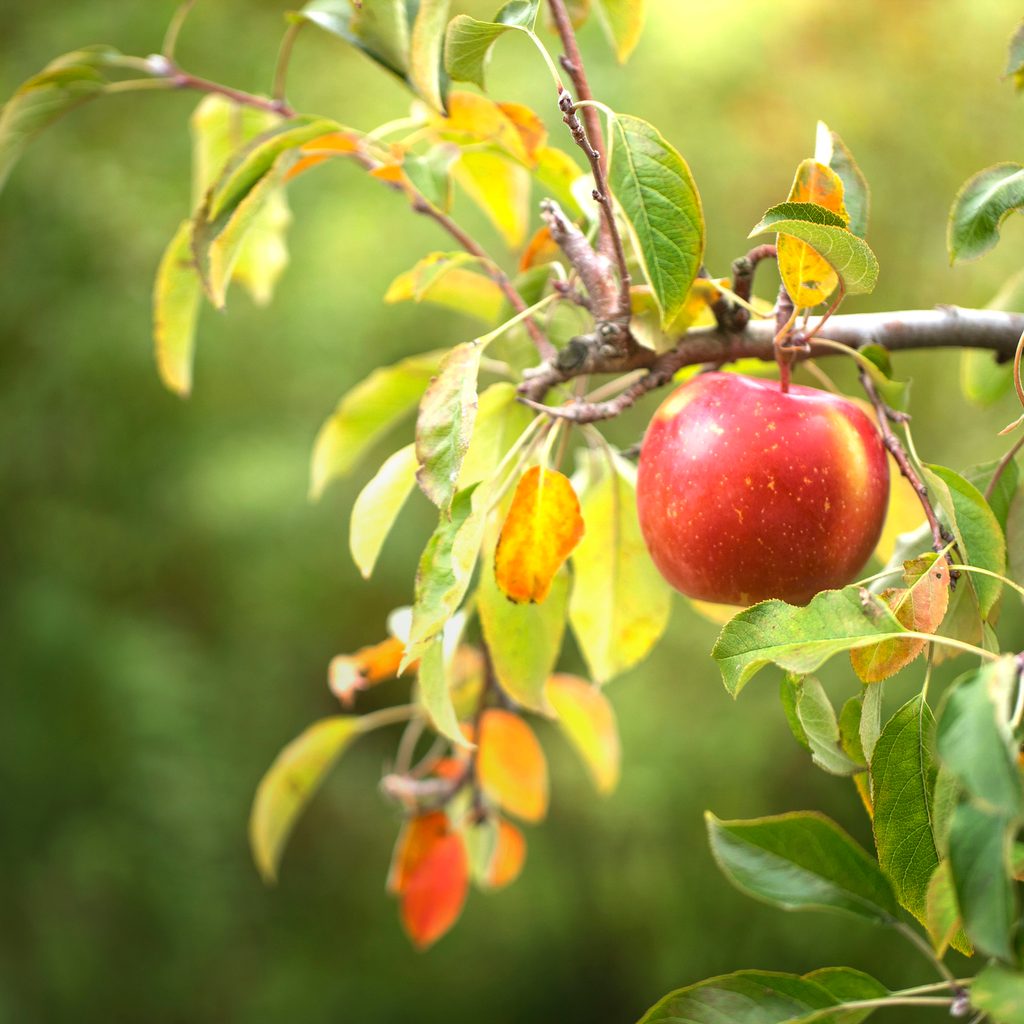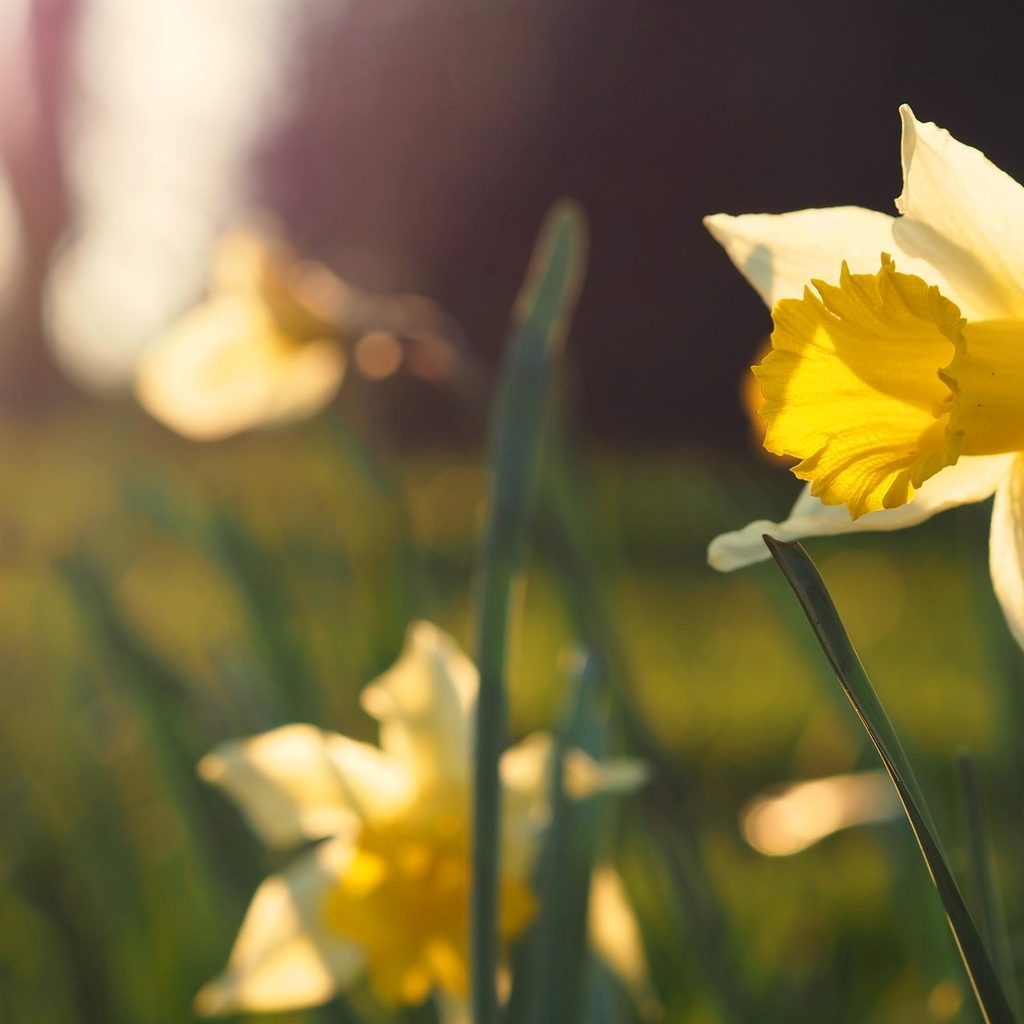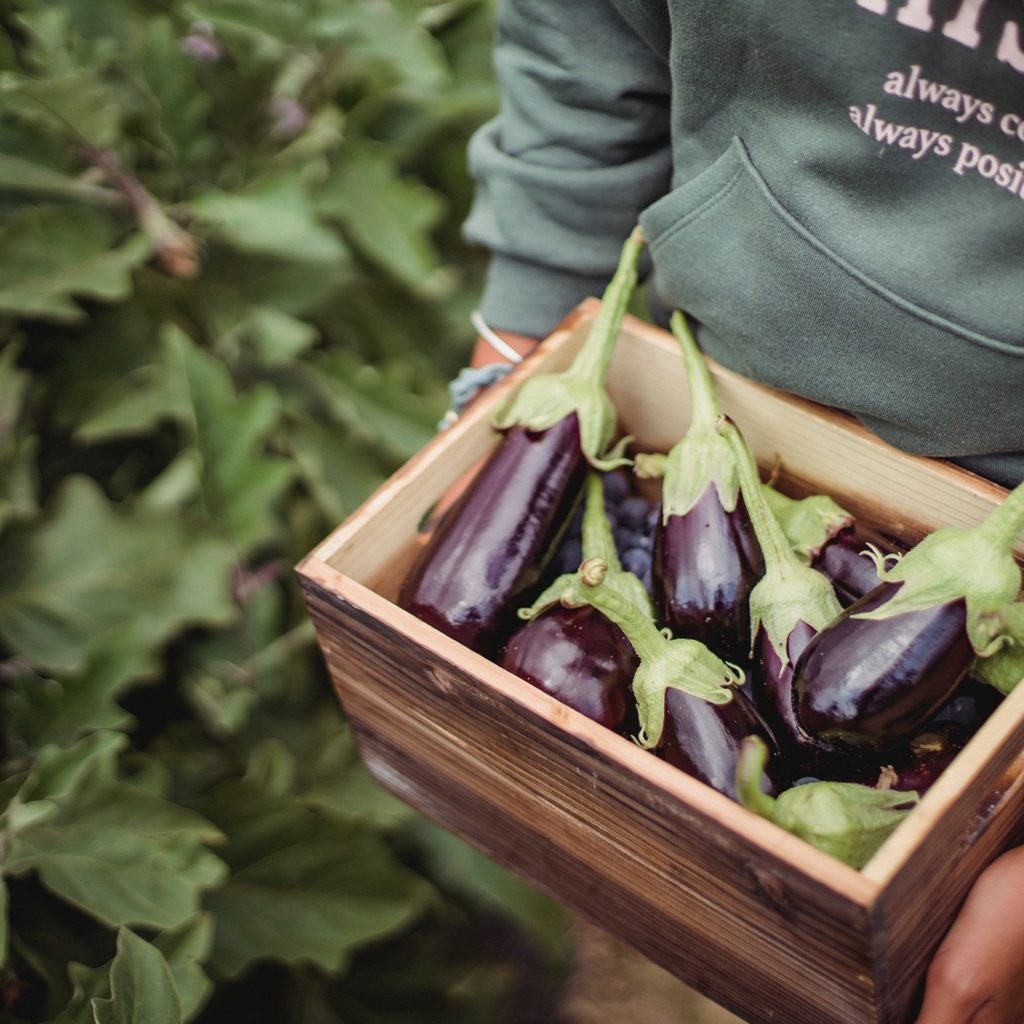Gardeners in climate zone 4 may face challenges in making the most of their short growing season. Covering many northern states, this region typically has cold winters that can be difficult for plants. While you won’t find citrus trees in abundance in zone 4, you will be able to grow healthy, flourishing crops with prudent plant choices and wintertime precautions. If you’re a gardener in zone 4, here’s what you need to know about it and the plants that can thrive within it.

Where is climate zone 4?
Before we get into the specifics of climate zone 4, let’s talk about what a plant hardiness zone is. The United States Department of Agriculture has divided the country into 13 regions based on annual minimum temperature ranges with the USDA Plant Hardiness Zone Map. When you buy plants, the label often indicates the zone where your plant is perennial. Essentially, a perennial plant will last more than one growing season in an area, whereas an annual one will go to seed after one growing season. Zone 1 generally gets the coldest winters, while zone 13 sees the warmest ones. While it’s not the only factor to consider, temperature is a reliable starting point when selecting plants for your garden.
Zone 4 falls on the colder end of the USDA Plant Hardiness Zone Map range, encompassing the southern coastal parts of Alaska and northern states such as New York, Montana, Wisconsin, and more. The lowest temperatures range between 30 to 20 degrees below Fahrenheit, so take special precautions for plants during the winter. Frost blankets, row covers, greenhouses, mulch, and raised beds are potential solutions for keeping your plants happy in freezing zone 4 temperatures. The growing season is relatively short, which means that you have to plan out your vegetables and blooming plants accordingly. Gardeners in zone 4 will especially want to look for cold-hardy plants that can tolerate frost.

Zone 4 flowers
The cool climate in zone 4 makes it suitable for hardy flower bulbs, even if its growing season isn’t very long. Flowers that do well in this region include hyacinths, daffodils, irises, lilies, and more. Look for blooms that can especially tolerate harsh winter weather. Examples of especially cold-hardy flowers include catmint, false indigo, coneflowers, and peonies. These flowers can get through cool winters and make a comeback during the spring.
Zone 4 fruit trees
Zone 4’s cold winters can be an added benefit for fruit trees that have a chill requirement to produce blooms that inevitably develop into fruits. That said, its short growing season and limited sunlight can be a challenge for many fruits to grow. The fruits that thrive in zone 4 include apples, pears, and cherries; varieties that do well in zone 4 include the Lodi apple, Bosc pear, and Montgomery cherry. Cold-hardy berries, kiwi berries, and plums also flourish in zone 4, so your options aren’t limited. In zone 4, you’ll want to do your research when it comes to fruit variety. The best course of action is to check out your local garden center to see the fruits available; stores stock up on plants best geared towards their specific region.

Zone 4 vegetables
The last frost in zone 4 typically ends around mid-May to June, and the first frost usually begins around mid-September to October. Since the growing season is short in zone 4, gardeners can start their plants indoors or in a greenhouse. When the weather cools down, frost blankets and mulch are essential for keeping plants warm — it’s a good idea to bring plants indoors if you can. Vegetables that do well in zone 4 include rhubarb, okra, eggplant, and pumpkin. When it comes to herbs, lemon balm, thyme, and sage can thrive in zone 4 during colder weather if you provide protective measures such as mulch. During spring, consider transplanting your seedlings into raised beds that can protect your soil from harsh weather.
Though one of the colder regions in the United States, zone 4 is still a habitable area for many plants. Despite its limited growing season, it’s home to many different flowers, fruit trees, and vegetables. Maximize the growing season by situating your plants into raised beds, then protect them with mulch, row covers, or frost blankets when cool weather arrives. While zone 4 is best known for cold-hardy apples and pears, you can grow a wide range of fruits and veggies if you pick out adaptable varieties. With careful planning, you can have a flourishing zone 4 garden before you know it.


